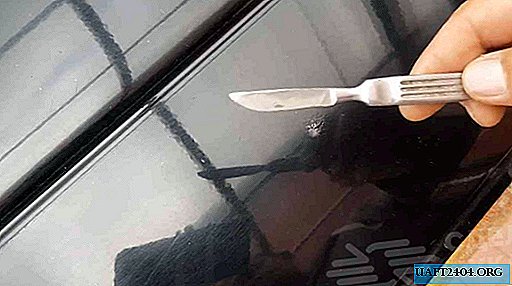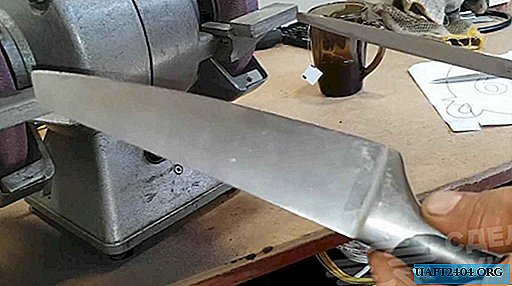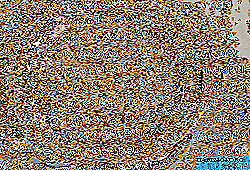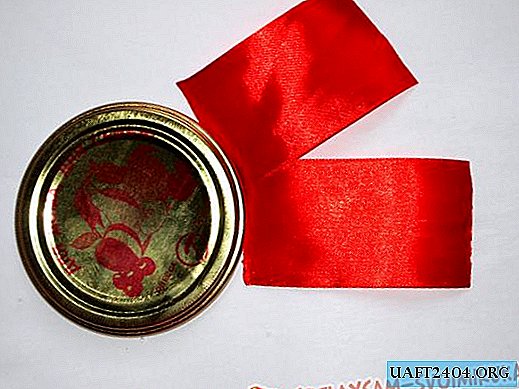Share
Pin
Tweet
Send
Share
Send
What you need to take for two cacti:
- Green yarn (wool with acrylic) - 100 gr.
-Hook number 1.2.
-Yris yarn of white, yellow, pink color.
-Any brown yarn for the soil.
-8 large yellow beads.
-4 small golden beads.
- Small pink beads or needles with beads.
Toothpicks.
- Filler for cacti.
- A little foam for the pot.
-2 flower pots.
-2 sticks about 30 cm long.
How to tie cacti:
The basis for both cacti is the same. A chain of six air loops is dialed, closed in a circle:
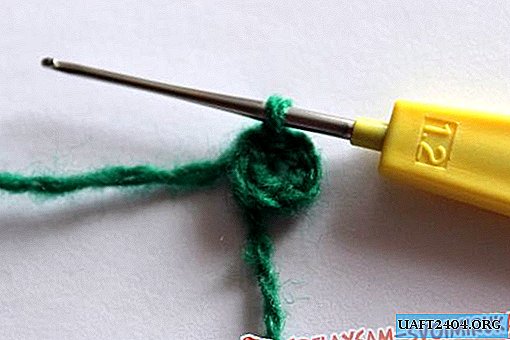
The second row consists of twelve double crochets:

In the third row there will be twenty-four columns, half - embossed. This is done as follows: first, three air loops are dialed:

Then the hook is inserted through the column of the previous row:

And an ordinary double crochet fits:

The next column is normal, then a relief column is executed under its base. Here's what you should get:

The third row must be knitted in the same way, increasing the number of loops. There should be forty-eight of them:

The fourth row contains the same forty-eight loops. But now the front relief loops alternate with the wrong ones. When performing facial loops, the hook goes under the column like this:

In the case of wrong columns, the tool is inserted from the wrong side of the canvas:

As a result, the canvas resembles an elastic band:

Finished fourth row:


In the fifth row, loops are added again, the total number grows to seventy:

View from above:

The following two rows do not contain any changes (there are 70 columns each):

In the eighth row, it is necessary to reduce the number of loops, knitting together two columns each, until the total number decreases to sixty-three. In the ninth row, too, sixty-three columns. Tenth row - again a decrease to fifty-six. From the eleventh to the fifteenth row, the number of loops does not change. In the sixteenth row of columns there will be forty-nine, in the seventeenth the same. Everything, the basis for the cactus is ready:

Here's what it looks like inside:

Now you can take the filler and thoroughly fill the body of the plant:


A folded sheet of foam is placed in the pot selected for the cactus. In principle, you can take any other filler, up to folded paper:

Any rigid plastic wand, twig, piece of branch is introduced into the center.


A circle of cardboard or thin foam is placed on top, equal to the diameter of the pot:


Here's what should come out:

The next step is the manufacture of soil. To do this, from a brown yarn, you need to knit an even circle according to the scheme below:

The earth does not attach to the pot in any way; it is simply neatly laid out on a layer of foam rubber.

You can simply pin the cactus on top, but it’s better to sew it to the soil:

Here is a flower in a pot:

Cactus flowers will be different. For the first option you will need pink and white "Iris". Each flower consists of two layers. The bottom, pink, is performed as follows:

Ready layer of flower:

Top, white, slightly smaller in size:


Here's what an almost finished flower will look like:

It remains to decorate it with a pink bead:

In total, eight of these flowers will be required. They can be sewn to a cactus or attached using a needle with a bead at the end. For cactus needles, you need ordinary toothpicks:

They stick into the first cactus in random order:

Flowers for the second cactus are a little more complicated. They are also two-layer, fit in the following pattern:

Two layers should be made for the first flower. The first is from a white Iris, with five petals:

The second is from a yellow thread, with three petals.

The flowers are folded, decorated with yellow and golden beads:

Ready item:

For the second flower, the first layer must be connected in the same way as for the large flower:

The second is different, it fits in the same pattern as the pink flowers, but for the petals, not eight air loops are gathered, but twelve:

Only large beads will serve as decoration:

Finished flowers are attached to the cactus using needles with balls:


This is what an interesting artificial flower is. It remains only to supplement it with needles. Toothpicks are stuck in three pieces, forming clusters of needles:


Everything, the second cactus is ready:

Crocheted flowering cacti are very elegant, original and interesting. If desired, you can change the shades of flowers or beads, adapting them to your interior.
Share
Pin
Tweet
Send
Share
Send

